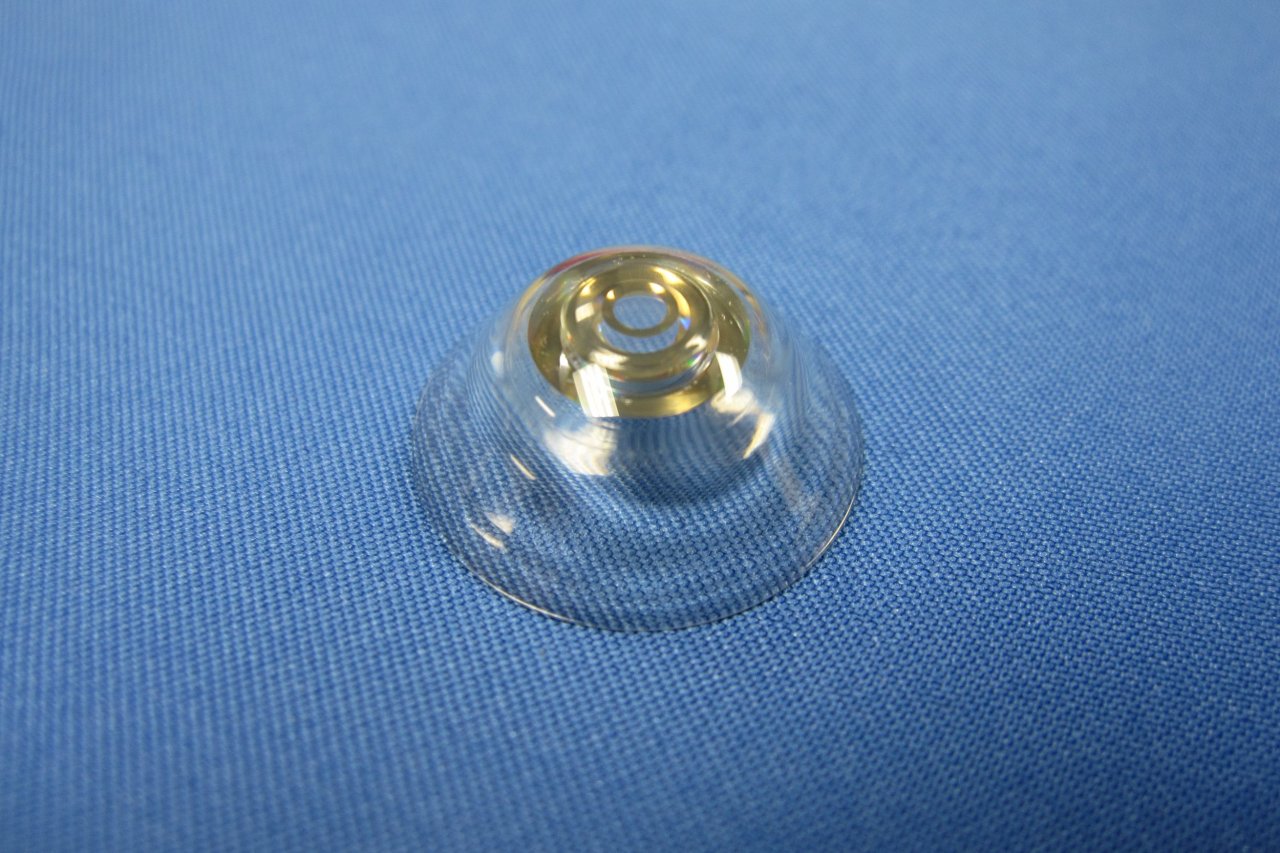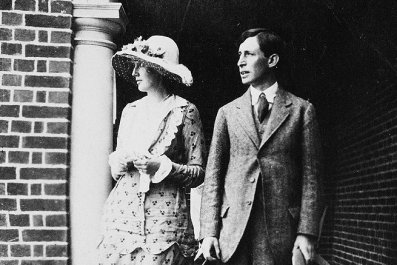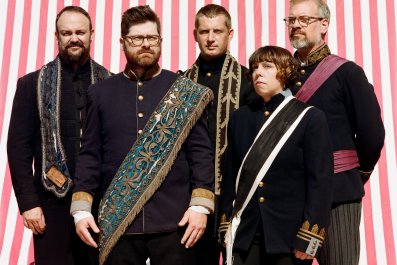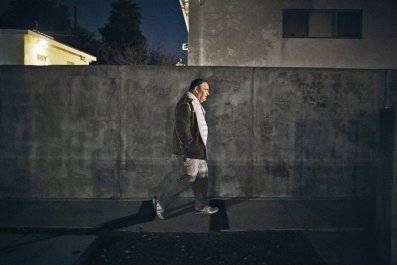It's expected that as we age, our eyesight will go. There's no shame, and not much fuss, in adding a pair of reading glasses to your arsenal of daily accessories—or getting your lenses split into bifocals. But for some older adults, age-related eye problems are much more dramatic than nearsightedness. Estimates suggest that by 2020, 196 million people worldwide will suffer from age-related macular degeneration (AMD), a form of blindness, essentially, that comes with growing older.
AMD is the result of deteriorating cells in the macula, a small but essential area of the retina at the back of the eye. It causes a progressive loss of central vision, making a person unable to see what's right in front of him or her. Though it leaves peripheral vision intact, AMD makes it impossible for a person to, for example, read, recognize another person's face or drive. Globally, it is the third most common cause of blindness and is considered a "priority eye disease" by the World Health Organization.
There are treatment options, primarily, the periodic injection of anti-growth factors directly into the retina. However, said Neil Bressler, chief of the Retina Division at the Johns Hopkins Wilmer Eye Institute, "the treatment typically can stop further vision loss but often does not improve vision." There is also an implantable miniature telescope approved by the Food and Drug Administration. But, said Eric Tremblay of Switzerland's École polytechnique fédérale de Lausanne (EPFL), the implant is designed to go only in one eye, "and then you have to learn to deal with that." Not to mention that it's a permanent commitment.
That's why Tremblay and a team of optics researchers at EPFL are working on telescopic contact lenses designed for daily use. Inside the contact lenses are minuscule mirrors arranged to more or less mimic a traditional Galilean telescope, magnifying the image and, essentially, acting like built-in binoculars. In lab tests, they've been shown to work, but, as Tremblay told a crowd at the American Association for the Advancement of Science's 2015 annual meeting in February, "everything I've shown you is still lab stuff. To date we've put it on five people, just to check out the comfort and the mechanical aspects. Generally, the results were really good. More clinical trials are coming up."

Bressler said there are obstacles: AMD patients are typically in their 70s and 80s, and "may not have the dexterity or other fine motor skills needed to place contact lenses on the eye." They also "may be more prone to infection from the lens or irritation."
Tremblay agrees, saying, "The biggest challenge to making this a viable product is oxygenation." The lenses are 1.55 millimeters thick, much thicker than your standard soft lens, which are at most .35 mm thick. They're also more rigid, but EPFL says clinical testing shows that they are still light and comfortable enough for daily use. Its team has spent the past two years honing a way to bring oxygen into the eye. So far, they've incorporated tiny air channels into the design and are also testing reservoirs of oxygen-rich fluids built right into the contact lenses.
The research was, in large part, funded by the Defense Advanced Research Projects Agency (DARPA). It might sound strange to hear that DARPA's interested in an AMD cure—until you hear about part two of the project. EPFL has also designed a pair of glasses that work in tandem with the binocular contacts, enabling a wearer to switch between "binocular" and "normal" vision. Using a light detector, the glasses can recognize when you wink: a right-eye blink for magnification and a left-eye blink to return to normal vision.
It's "hands-free zoom," said Tremblay. What soldier wouldn't want telescopic vision that pops up, quite literally, in the blink of an eye?






















